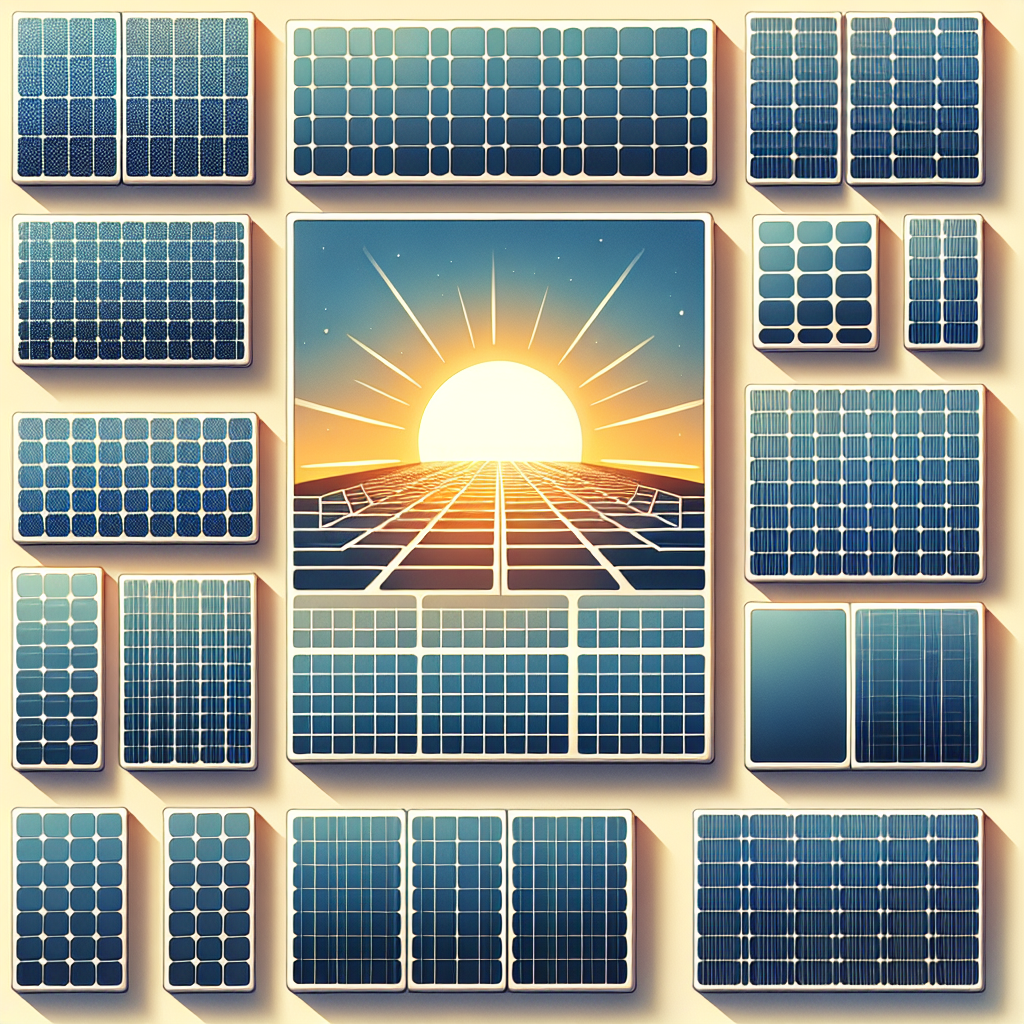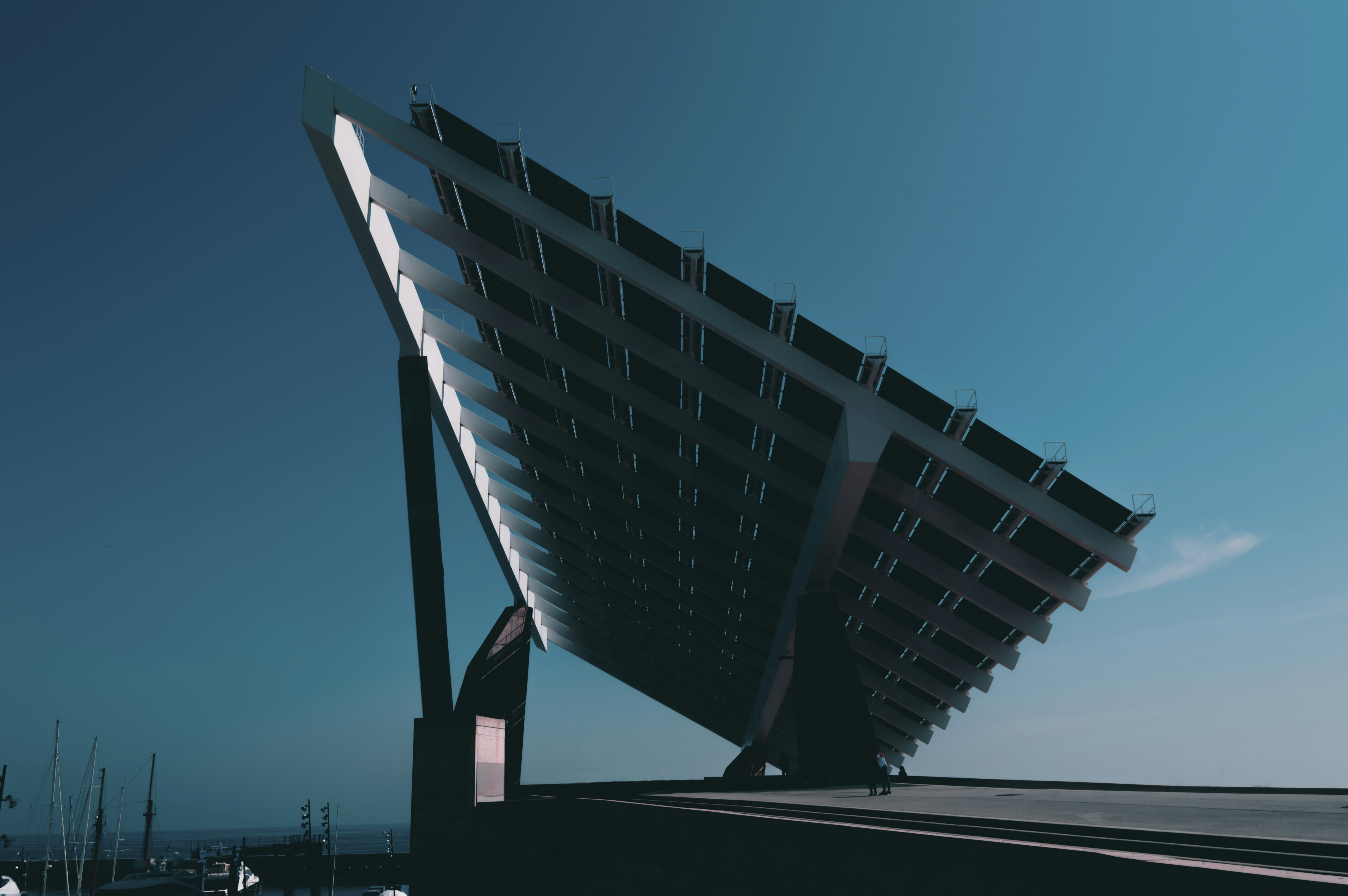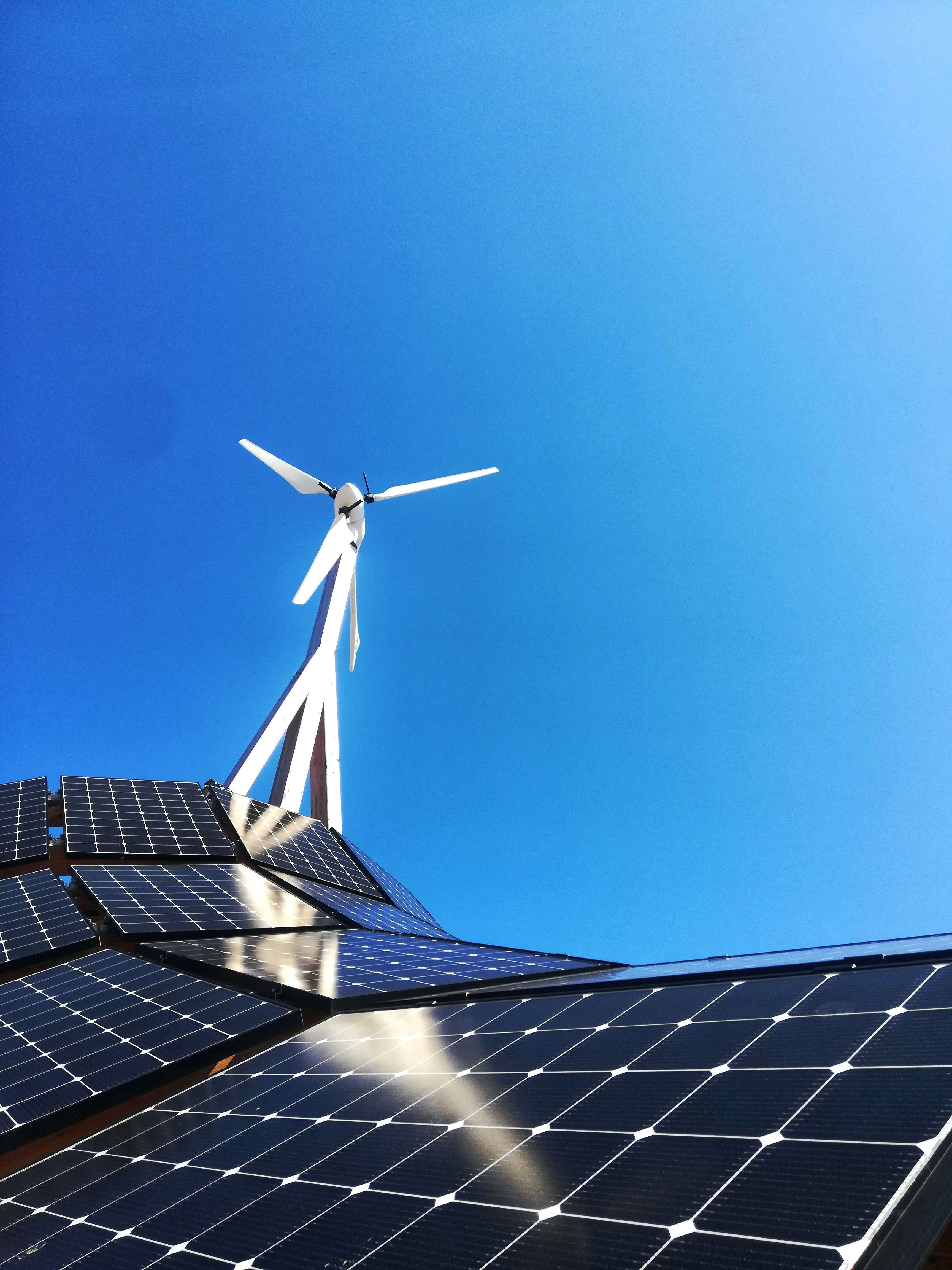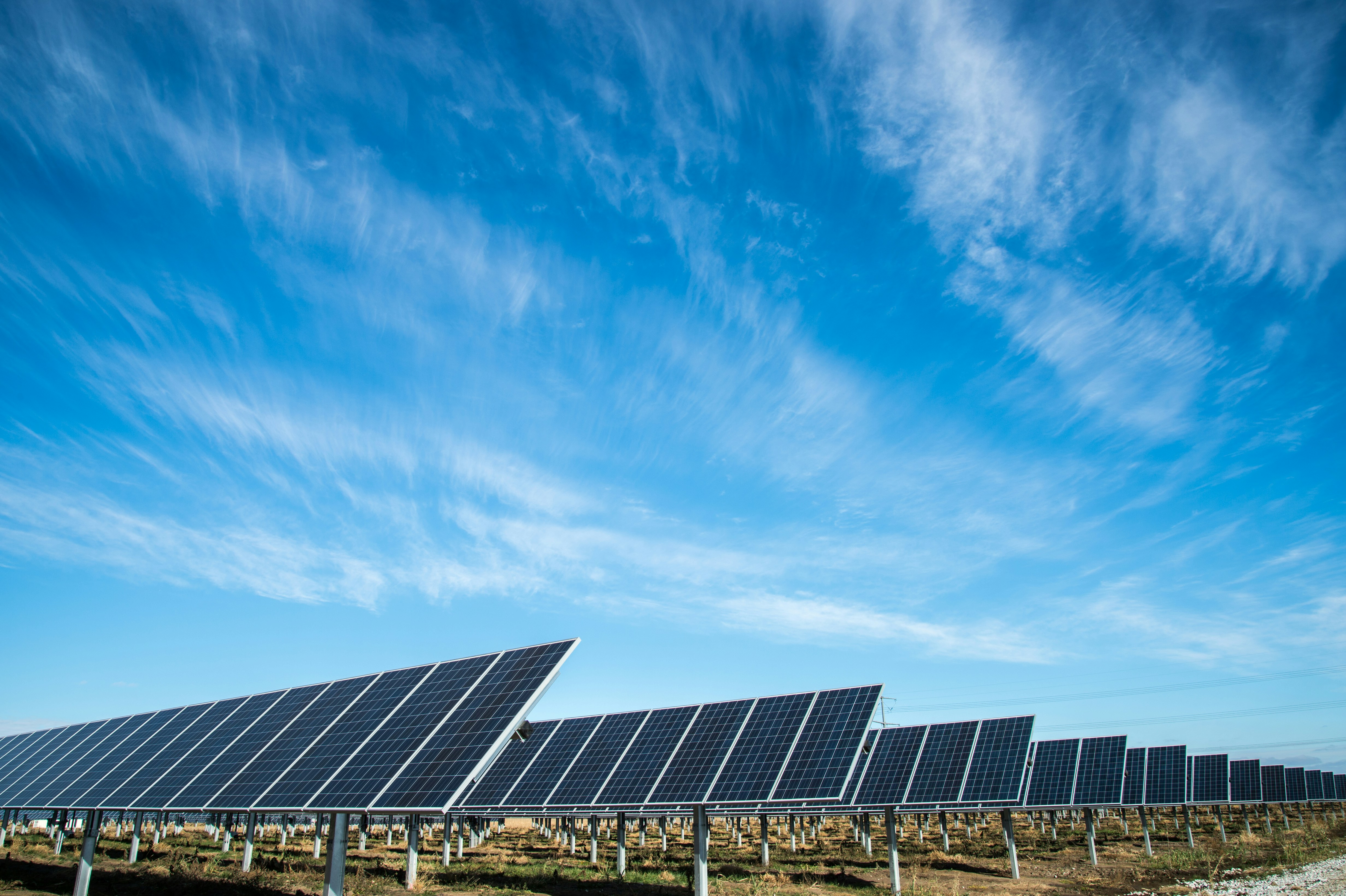Unleashing the full potential of solar energy has always been a compelling interest for many. But have you ever wondered if it’s possible to mix different types of solar panels? Well, this is exactly what you’re about to explore. The versatility of solar energy extends beyond the physical confines of the solar panels themselves, enabling fascinating configurations and combinations. In this article, you’ll examine the potential to integrate varied types of solar panels, their resulting synergy and impact on energy output. Hold on tight – you’re about to embark on an enlightening journey into the heart of solar energy’s adaptability.
Understanding Solar Panel Basics
You have probably seen or at least heard about solar panels, but have you ever wondered how they work? And did you know that not all solar panels are the same? Let’s start demystifying these remarkable devices.
Different Types of Solar Panels
First and foremost, it’s crucial to know that there are at least three types of solar panels widely used today. You have monocrystalline panels that are made of pure silicon and have a dark appearance; there are the blue-tinted polycrystalline panels that contain silicon fragments, and there are thin-film panels that are versatile but less efficient.
How Solar Panels Work
Solar panels work through a process called the photovoltaic effect. Every photovoltaic cell in a solar panel contains two layers of semiconductors. When sunlight hits these layers, it frees electron particles to move, which creates an electric current. This energy is then collected and can be used to power your home, your car, or even entire businesses.
Importance of Solar Energy
Why is solar energy important? There are many reasons, but the biggest is probably that it’s a renewable resource. Unlike fossil fuels, the sun’s energy won’t run out in your lifetime (or many lifetimes). Plus, harnessing the power of the sun doesn’t create harmful emissions, making it an environmentally friendly choice.
Factors Determining Compatibility of Solar Panels
If you’re considering getting solar panels, you must understand that not all panels can play nicely together.
Panel Efficiency
Every panel type has a different efficiency rate, which refers to how much of the sun’s energy they can convert into electricity. Monocrystalline panels are often the most efficient, closely followed by polycrystalline, with thin-film usually offering the least efficiency.
Voltage Compatibility
Just as important is the fact that different panel types provide different levels of voltage. If you mix panels without considering voltage, you might limit the output of your entire system to the weakest panel’s voltage.
Current Compatibility
Current compatibility is another factor. Mixing panels with different current outputs may lead to the same issues as above, or it could even cause some panels to not work at all.
Types of Solar Panels and their Individual Characteristics
Let’s take a closer look at the characteristics of the different panel types.
Monocrystalline Panels
Monocrystalline panels are constructed from a single, pure silicon crystal structure, which allows for high efficiency. They generally have a lifespan of 25-35 years and retain high performance even in less ideal conditions.
Polycrystalline Panels
Polycrystalline panels are created from multiple silicon crystals. They are generally less efficient than monocrystalline panels but make up for it by being more affordable and slightly more resistant to high heat.
Thin-Film Panels
Thin-film panels are the lightest and most flexible, made by depositing a thin layer of a photovoltaic material onto a substrate. Their efficiency is the lowest of the three types, but they are relatively inexpensive and great for applications where weight and flexibility matter.
The Pros and Cons of Mixing Different Solar Panels
Contrary to popular belief, mixing different solar panels isn’t necessarily inadvisable. However, it’s crucial to be aware of potential benefits and drawbacks.
Benefits of Mixing Solar Panels
Mixing panels allows you to tailor your system to your needs. For instance, if you have limited space, you might opt for a mix of highly efficient monocrystalline panels and less efficient but smaller thin-film panels.
Potential Drawbacks of Mixing Solar Panels
As earlier noted, the main drawback is the risk of mismatched voltage or current, which could limit your system’s performance. Additionally, different panel types can have different maintenance needs, which could complicate upkeep.
Case Studies: Successful Integration of Different Solar Panels
You may be wondering if anyone has successfully mixed panels and what the results were. Let’s consider some examples.
Residential Solar Panel Mixing
One homeowner with a small roof opted to combine monocrystalline and thin-film panels. By placing the thin film panels on the smaller, shaded areas and the monocrystalline panels on the larger, sunnier areas, they were able to generate enough power for their needs without overloading their roof.
Commercial Solar Panel Mixing
In a commercial setting, a business mixed polycrystalline and thin-film panels in their vast parking lot. The polycrystalline panels were placed on top of carports that could bear the weight, while the thin-film panels were used on canopies. This enabled the business to generate enough energy to cover its operations without compromising structural integrity.
The Role of Solar Panel Inverters in Mixing Panels
When mixing solar panels, you’ll find that solar inverters play a significant role.
What is a Solar Inverter?
A solar inverter is a device that converts the direct current (DC) from your solar panels into alternating current (AC) that your home or business can use.
The Role of Inverters in Solar Power Efficiency
When you’re mixing different types of solar panels, inverters become even more important. Using the right kind of inverter, like a microinverter or a power optimizer, can ensure that each panel operates at maximum efficiency, regardless of the operation of the other panels.
Considerations before Mixing Different Types of Solar Panels
Suppose you feel like mixing solar panels might be the right choice for you. In that case, there are some critical considerations you should bear in mind.
Understanding your Energy Needs
First and foremost, you should understand your energy needs. Know how much energy your household or business requires daily and seasonally. This knowledge will help in determining the combination and quantity of panels you will need.
Analyzing the Available Sunlight
The amount of sunlight your location receives is also essential to consider. Different solar panels perform differently depending on the amount of sunlight they are exposed to.
Choosing the Right Mix of Panels
Choosing the right mix of panels requires you to balance many factors. You’ll need to consider your energy needs, available sunlight, and space, as well as your budget and the house roof’s composition.
How to Properly Install Mixed Solar Panels
Achieving efficient use of mixed panels would require proper installation.
Arranging Different Solar Panels
Correctly arranging your solar panels is crucial. Ideally, panels should face the sun and ideally installed at an angle equal to your latitude for maximum efficiency.
Connecting Mixed Solar Panels
You’ll also need to understand how to connect your panels. Mixed panels need to be connected in parallel rather than in series to ensure each panel works independently.
Safety Precautions during Installation
Remember, you’re dealing with electricity, so safety is a must. Always follow manufacturer instructions, use proper safety gear, and consider hiring a professional if you are unsure of the process.
Performing Maintenance on a Mixture of Solar Panels
Maintenance is required to keep your mix of solar panels in working order.
Keeping Solar Panels Clean
Solar panels need to be clean to function efficiently. Depending on where you live, you may need to clean your panels regularly from dust, leaves, and other debris.
Early Detection of Possible Issues
Regular maintenance also allows for early detection of potential problems. It’s essential to periodically inspect your panels for any damage, as repairs are often less costly when caught early.
How to Properly Troubleshoot Mixed Solar Panels
When troubleshooting mixed panels, remember that each type of panel may require a different approach. It’s crucial to understand the characteristics and specifications of each panel in your mix.
Future of Solar Energy and Mixing Solar Panels
So, what does the future hold for solar energy and mixing solar panels?
Developments in Solar Panel Technology
Solar technology continues to advance rapidly, with new panel types being developed and current types becoming even more efficient.
Potential for Greater Solar Energy Efficiency
As the technology advances, we can expect the potential for greater efficiency from our solar panels. That includes the potential for increased energy production from a wider range of mixed panels.
The takeaway here is that the world of solar panels is vast and filled with exciting possibilities. Mixing different types of solar panels can help you optimize your system for your unique needs, making solar power more accessible than ever.



